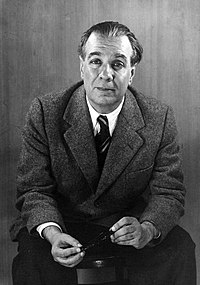Lists
















19 Authors
The Decadent Movement
Sort by:
Recent Desc
More lists by Luis Montes
Latin American Boom Fiction
List includes: Jorge Luis Borges, Isabel Allende, Julio Cortázar
October 2022
1
@luismmontesfb62e6


Tasmanian Gothic
«Just about anything Tasmanian can be Gothic: the landscape – Hells Gates, Cape Pillar, Dismal Swamp, Cape Grim, Fury Gorge and Mount Horror all suggest a Gothic toponymy, places named for their secrets and hidden histories; the history of flagellation, sodomy and cannibalism; the ‘feudal’ social remnants; the genetic devolution and loss of material culture; degenerate folk art (Tasmanian Grotesque); the haunting psychoses of a genocidal history; the fauna – especially the extinct tiger; decaying colonial buildings, infused with convict labour, but also ruined mansions and ghost towns (Judy Tierney and Bob Casey, Fonthill: a true story of love, luck, murder and scandal, 2015); the scary megafauna and ducking-box in the Hobart Museum; the horizontal scrub, or bauera, of the remote south-west – even the weather. Excess, intricacy, threat, haunting, darkness, eruptive trauma, uncanniness».
October 2022
1
@luismmontesfb62e6
Southern Gothic
«Southern Gothic is an artistic subgenre of fiction, country music, film and television that are heavily influenced by Gothic elements and the American South. Common themes of Southern Gothic include storytelling of deeply flawed, disturbing or eccentric characters who may be involved in hoodoo, decayed or derelict settings,[2] grotesque situations, and other sinister events relating to or stemming from poverty, alienation, crime, or violence».
October 2022
1
@luismmontesfb62e6

Jane Austen Legacy Writers
List includes: Rosamunde Pilcher, Evelyn Waugh, Philip Larkin
October 2022
0
@luismmontesfb62e6








